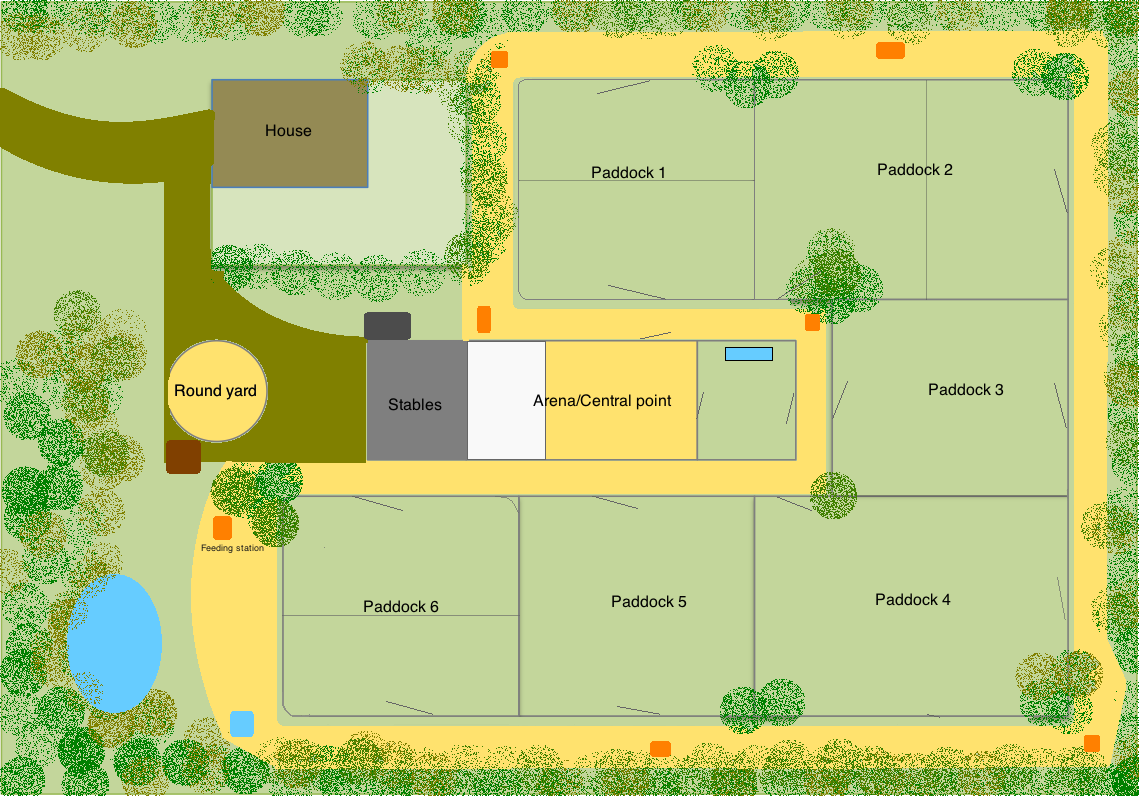How "Farm Planning 101: A Beginner's Guide to Organizing Your Agricultural Operations" can Save You Time, Stress, and Money.

Making a Farm Plan That Sustains Crop Rotation and Soil Health
Plant turning is a vital technique in sustainable horticulture that markets ground wellness and lessens the danger of parasite and diseases. By methodically expanding different plants in a particular pattern, farmers may properly take care of nutrients, management grass, and enrich dirt productivity. Cultivating a extensive ranch plan that integrates plant rotation concepts is critical for maximizing yields, reducing inputs, and ensuring long-term sustainability. In this short article, we will certainly outline the essential measures to generate a farm plan that supports plant turning and ground wellness.
1. Examine Your Soil: The very first action in developing a ranch planning is to determine your soil's features and fertility amounts. Carrying out frequent dirt examinations can give useful knowledge right into nutrient insufficiencies or discrepancies, pH degrees, organic matter web content, and microbial task. Understanding your ground's health condition will definitely help you figure out which crops are appropriate for certain regions of your ranch.
2. Separate Your Farm right into Zones: To implement an successful crop rotation planning, it is essential to break down your farm in to different zones located on variables such as soil kind, sunshine visibility, drainage patterns, or the lay of the land. By pinpointing these distinctive zones within your ranch, you can easily tailor plant selection depending on to each area's special characteristics.

3. Pick Appropriate Crop Groups: After breaking down your ranch into zones, categorize crops into different teams located on their nutrient requirements or development habits. This team enables you to turn crops within each zone systematically. For instance, beans such as greens or grains fix nitrogen in the dirt while grain crops like corn or wheat or grain have higher nutrient requirements.
4. Plan Crop Sequencing: Once you have chosen proper plant groups for each zone of your ranch, it's opportunity to organize their sequencing throughout the increasing season(s). A well-designed series ensures that each crop adheres to one along with different vitamins and mineral requirements or growth habits to enhance information application while decreasing insect and health conditions typically.
5. Take into consideration Cover Crops: Including deal with crops in to your plant rotation program is essential for boosting soil health. Cover crops, such as clover or rye, assist stop disintegration, improve dirt design, subdue pots, and boost all natural matter web content. Including cover crops in your turning may boost vitamins and mineral bicycling and decrease the demand for man-made plant foods or weed killers.
6. Deal with Pest and Disease Pressure: Crop rotation plays a vital job in taking care of bug and illness through breaking their lifestyle patterns. Through turning plants with different sensitivity amounts to specific bug or illness, you can easily decrease their accumulation in the dirt. This method decreases the dependence on chemical substance treatments while protecting favorable insects and microbial areas.
7. Apply Preservation Practices: In add-on to plant turning, executing conservation techniques like reduced tillage or mulching can even further improve dirt health and water loyalty capacity. Reduced cultivation decreases ground disorder, preserves all natural issue content, and boosts vitamins and mineral availability. Compost helps manage dirt temperature level, conserve moisture, control grass, and promote valuable microbial task.
8. Display and Conform: Routine screen of your ranch's progress is vital to determine the performance of your plant rotation program and create required modifications if required. Keep records of yields, weed pressure levels, pest outbreaks, or condition incidence to determine designs over time. Assess Read More Here of your ranch program on overall soil health and wellness through conducting regular soil exams.
In verdict, producing a ranch planning that supports crop rotation and ground wellness is important for maintainable farming strategies. Through examining your ground's characteristics, separating your farm in to zones based on its one-of-a-kind features, selecting appropriate crop groups for each zone, organizing plant sequencing strategically throughout the expanding season(s), incorporating cover crops right into turnings plans , taking care of insect and ailment pressure properly , applying preservation strategies like lessened husbandry or mulching ,and frequently keeping an eye on and adjusting as needed - planters may optimize returns while ensuring long-term sustainability in their operations.
